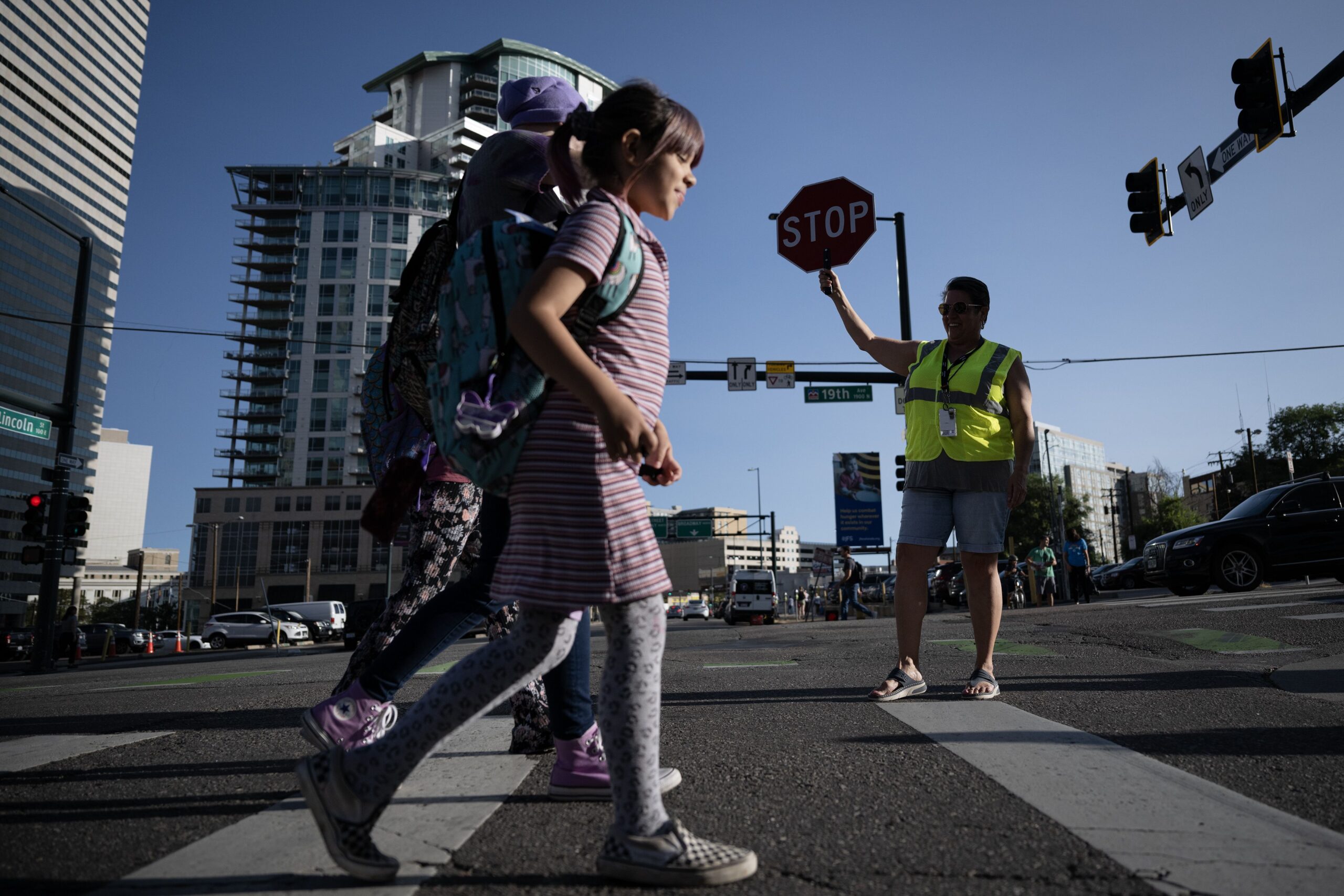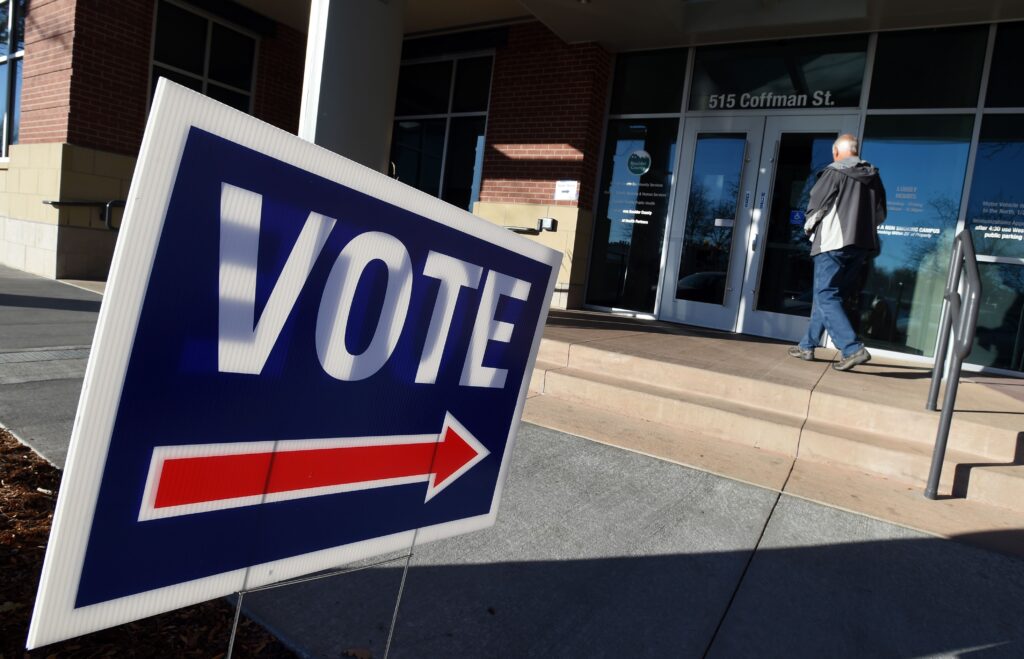PERSPECTIVE: Spending more on fewer students


Many Colorado voters will vote on school board candidates this fall. As voters look for resources to understand better the health and wellness of their school district, new data on spending, enrollment and proficiency trends could be a helpful resource.
For years, the Common Sense Institute has conducted a comprehensive analysis of district-level spending, revenue, pay and performance of Colorado’s K-12 schools. According to this year’s Dollars and Data report, total public-education revenue from all sources has risen by 21% since 2020, reaching $17.6 billion, while total spending has climbed 24%, to $18.1 billion.
Enrollment, however, has fallen for five consecutive years. This outcome is the result of falling birth and fertility rates — a demographic trend affecting Colorado and the entire country. Colorado’s birth rate has been declining since 2005 and has fallen at a faster pace than the national average since 2011.
As families have fewer children and migration patterns shift, school districts across the state are grappling with under-enrolled campuses, strained budgets, and difficult decisions regarding school consolidations and closures.
Colorado’s K-12 enrollment has declined every year since 2020. This trend is not localized to a few districts. In the 2024–25 school year, 116 of 178 districts lost students, and 120 districts, including the nine largest, now have fewer students than they did five years ago.
This drop in enrollment is most pronounced with young students. Enrollment in pre-kindergarten is down 7.4%. Kindergarten enrollment has dropped 8.4% compared with 2020.
The effects are already being felt throughout the state. District schools in Denver, Douglas County, and Jefferson County have experienced rounds of closures and consolidations in the last three years.
Yet, school budgets have grown despite this enrollment dip, mainly because of the funding mechanism. Colorado’s K-12 school funding is based on a “funded pupil count.” Per-student spending on instruction and support has jumped 48% since 2018, from $11,248 to $16,609.
In short, Colorado schools are spending more to educate fewer students.
Colorado’s schools are funded through four main funding sources: local, state, federal and other. Local revenue comes from property tax, specific ownership tax, and other funds generated within a school district’s territory for public education. This category includes mill levy overrides and mills for bonded indebtedness.
State revenue includes all funds collected by the state government that are appropriated to school districts, including per-pupil contributions from the State Education Fund through its funding formula, program funding, and other state grants and projects.
Federal revenue is any money distributed to school districts from the federal government, whether directly or through an intervening agency like the Colorado Department of Education.
Federal money is typically earmarked for specific spending purposes, like educational services for students with disabilities and English-language learners and programs at schools with large shares of low-income students.
During the pandemic, federal funding briefly swelled school budgets, and funding from that source is still higher than it was pre-pandemic. In 2021, federal funding was 12% of total education spending in 2021. That share has now receded to 8.2%, still well above pre-pandemic levels of 5.9%.
The state’s elimination of the “budget stabilization factor” in 2024 added another $500 million to district funding. The state’s new school-finance formula, taking effect in 2025–26, will further increase spending by at least $91 million in its first year.
With a shrinking student body and a growing budget, it is imperative the public understands how the money is being spent. That is why the Common Sense Institute is unveiling an interactive education dashboard in the coming weeks so Coloradans can better understand the performance of school districts, how they compare to each other, and how a particular school district compares to the state average.
Understanding the overall funding trends is important but better understanding how school districts allocate dollars is also valuable. Over the past decade, the share of expenditures devoted to instruction items such as salaries, classroom materials, and direct teaching has fallen from 45.9% to 41.6%, while spending on administrative and support services has risen from 35.5% to 37.3%.
Teacher pay and benefits are still the single largest category of spending, but administrative growth has outpaced both enrollment and inflation. Schools are simply hiring more non-teaching positions. Additional studies will need to be conducted to better understand why and what specific positions are being brought on. School psychologists and other
behavioral health specialists could be a part of this story. Between 2009 and 2025, the number of teachers grew by 9.3%, while non-teacher instructional and support staff grew by 33.9%, and administrators by 31.4%.
Another data point rising is teacher pay. The average teacher salary reached $72,781 in 2025, up 32% since 2019. This ranges from $49,461 in southeast Colorado to $80,553 in the Denver metro area. On the plus side, higher pay has maybe improved teacher retention. Teacher turnover dropped to 17% in 2025, lower than in most other industries.
Colorado should applaud the state’s Colorado’s high school graduation rates, which have been improving, with an all-time high of 84.2% for the four-year cohort in 2024.
However, standardized test results are less encouraging. Third-grade reading and math proficiency increased in 2024 but declined again in 2025. Though both remain slightly above pre-pandemic levels, more than half of Colorado’s third-graders still fail to meet grade-level expectations.
Another trend worth understanding is student absenteeism. Across the 21 school districts analyzed in another recent CSI report, 28% of students were recorded as chronically absent. Districts have made improvements since 2021–2022, when 35% of students were chronically absent.
Absentee rates continue to be above pre–COVID-19 numbers, which were 22.5% in 2018–2019. Colorado’s average of 28%, still remains well above the national average of 23.5%. The correlation between absenteeism and test scores is -0.69, which means that high rates of absenteeism are strongly associated with lower test scores.
Colorado’s education system is entering a period of change. The legislature adopted HB25-1278 this spring. This will change some testing standards, add new performance indicators, and reassess how schools are rated. The evaluation criteria is in need of a change. Currently, 71% of schools earn the highest performance rating though less than half of students meet grade-level expectations.
The forthcoming revisions aim to bring greater alignment between official performance ratings and actual student outcomes.
These reforms, coupled with demographic and financial pressures, will likely shape the landscape of Colorado education for years to come.
CSI’s findings challenge the idea that better results can be achieved simply with more money. They also invite a deeper look into how funds are allocated.
This underscores the need for a broader public conversation about educational value. Leaders need to think critically about how Coloradans define value, how they measure it, and especially how they hold institutions accountable for delivering it.
In the coming years, demographic decline will require districts to consolidate, rethink staffing, expand choice or explore new schooling models. With the development of new educational AI technologies, this change is already happening. Those transitions will be difficult, but they also present an opportunity to design a more effective education system. Colorado’s population changes need not compromise the quality of its education.
Colorado’s public-education picture in 2025 is complex. Enrollment is down. Spending is up. Teacher pay is rising. Test scores are mixed.
There are some encouraging signs, notably graduation rates, recovering proficiency levels, declining teacher turnover, and rising teacher pay. Achievement gaps are stubborn, though, and declining early-grade enrollment points to deeper challenges money cannot solve.
It is now up to policymakers, administrators, and educators to stay focused on the facts. Armed with data, parents, business, and community leaders can talk about these trends and work to ensure Colorado’s students and families receive the high-quality education they deserve and builds tomorrow’s economic spine.
Kelly Caufield is the Executive Director of the Common Sense Institute, a free enterprise think tank based in Greenwood Village.














